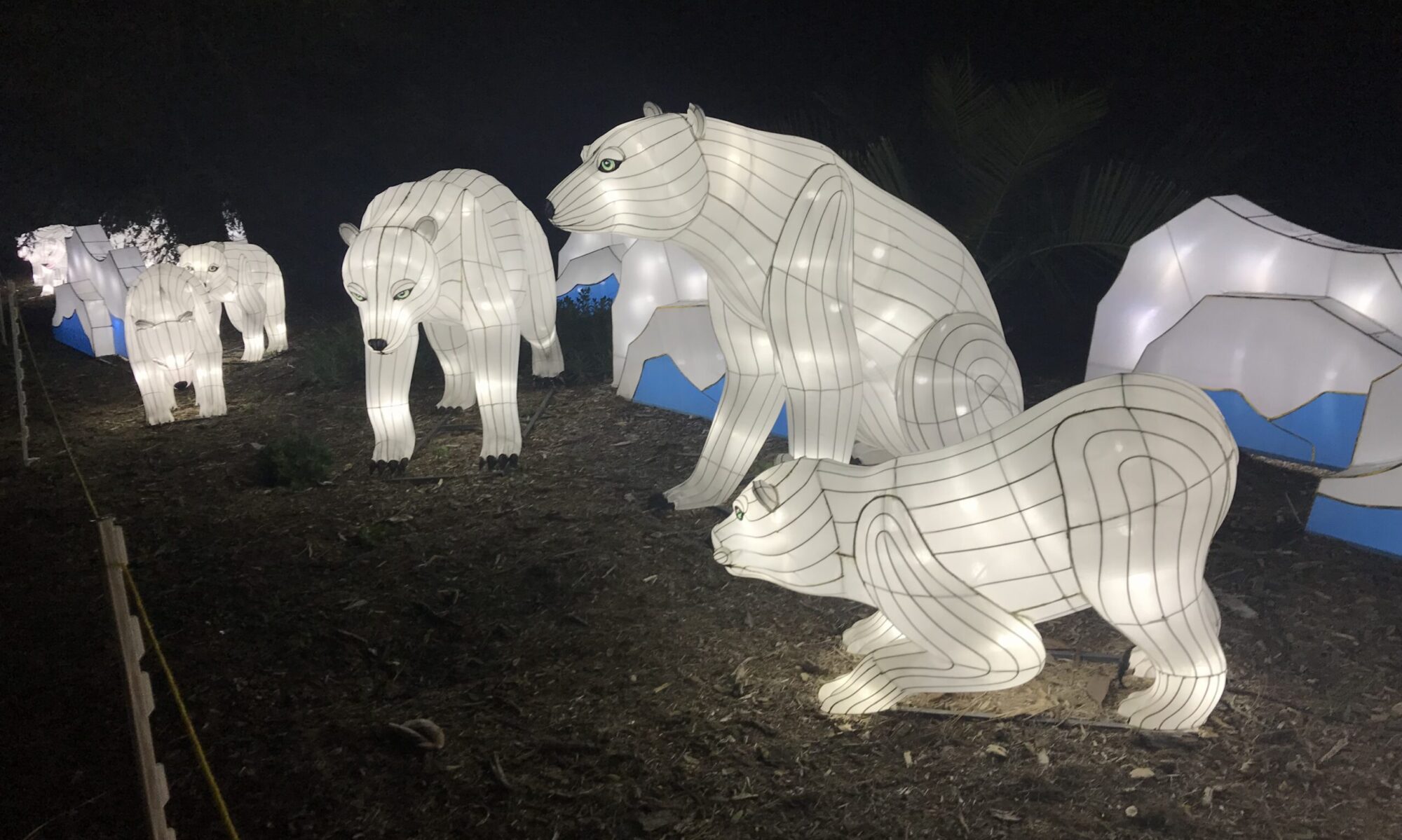
Some ships are lost at sea. Some are sent to the scrap yard. Yet some are re-purposed, reminding humanity of their once proud sailing past. The Delta King is one of those ships. She and her sister ship, the Delta Queen, we built in the 1920’s. Their original job was to move passengers and cargo along the Sacramento River. Steamboats had plied the Mississippi River system since the early 1800’s. It was a logical use of the vast Sacramento River system to move materials under steam power along the river.
At the time of their commission, the Delta King and Delta Queen were the most opulent and expensive stern wheel paddle boats ever built. Passengers enjoyed reading under crystal chandeliers and dining on fine china as they made the 10-hour journey from Sacramento to San Francisco.
By the 1930’s cars and trucks were a more efficient mode of transport. Thus, the twin steamboats along with all their cousins running on America’s other river networks, had been rendered obsolete. Moored in San Francisco and suffering decline, the 2 vessels were purchased in 1940 by Isbrandtsen Steamship Lines. The plan was to pull them down the Pacific Coast, through the Panama Canal, and to New Orleans where they would enjoy second lives as passenger vessels. This plan was scuttled when the US Navy purchased the boats and used them to move reservists throughout the Second World War. The Delta Queen and King continued their duty to the war effort until 1946.
When the war ended, the Delta Queen was crated and moved to New Orleans where she ran multi-day steamboat trips until 2008 when she was forced into retirement. Legislation had been passed prohibiting boats of wooden construction from operating.
The Delta King was towed up the coast to northern British Columbia where she served as a floating bunk for employees building the ALCAN aluminum plant and Kamano Dam power project. Over the next decades she changed hands several times, her paddle wheel and steam engines were scrapped, and much of her once opulent interior was stripped.



In 1978 she was included on the National Register of Historic Places. Shortly after, in 1981, she sank for unknown reasons in Richmond California. A year later she was raised, moved to Sacramento, and fully refurbished where she remains to this day.

Steamboat history is rich with stories. For a fleeting time between the invention of the steam engine to the laying of the transcontinental railroad, steamboats were the life blood of America’s navigable rivers. Their shallow draft and flat bottom allowed them to sail even the shallowest of rivers. They moved food, guests, residents, troops, housing materials, even livestock. Steamboats often housed moving bands of entertainers who would perform on the ship’s gangplank upon putting into a town. Thus the gangplank was termed a “stage” in steamboat lore. Steamboats are an integral part of the history of the settlement of the US. Today you can enjoy a drink and dinner in the Pilot House Bar, where the Steamboat Captains used to sail the boat. You can even book a room and stay for a night. https://www.deltaking.com/
She is a bit war torn around the edges, her stage is long gone, but the history she shares with visitors who step aboard harken back to the golden age of steam boats. Stay and listen to her stories.


